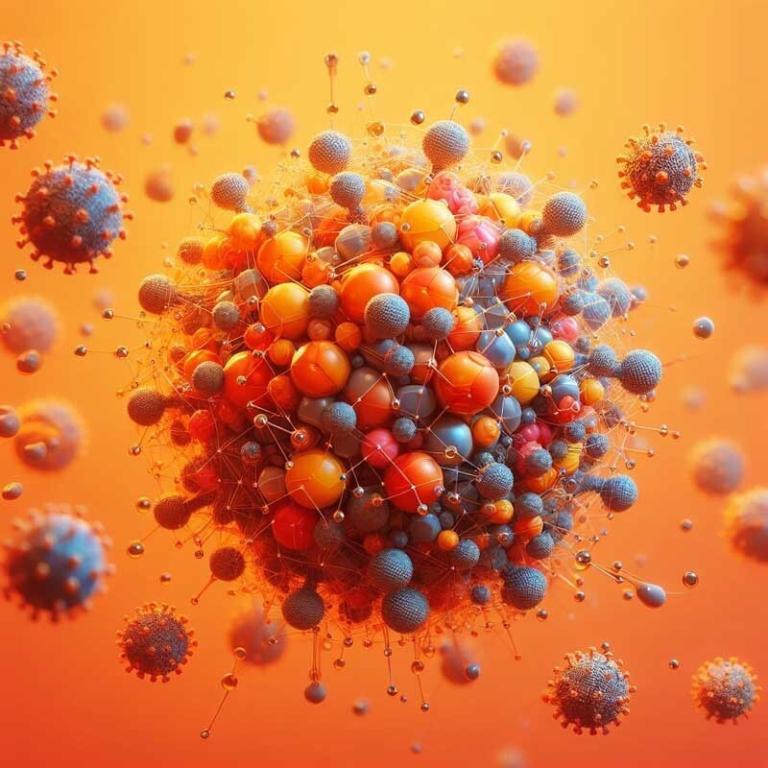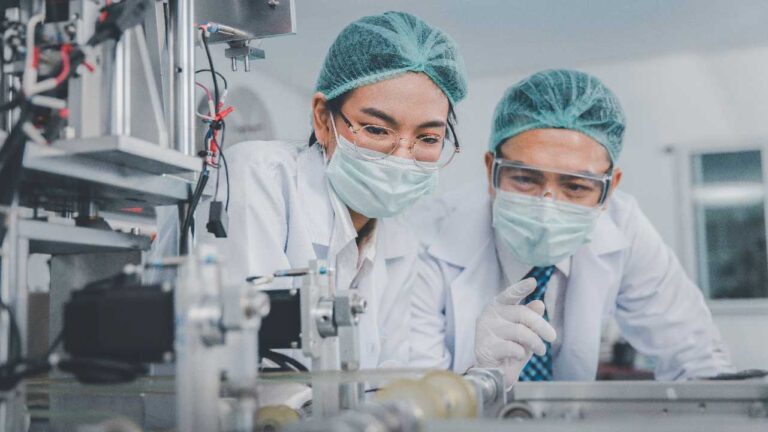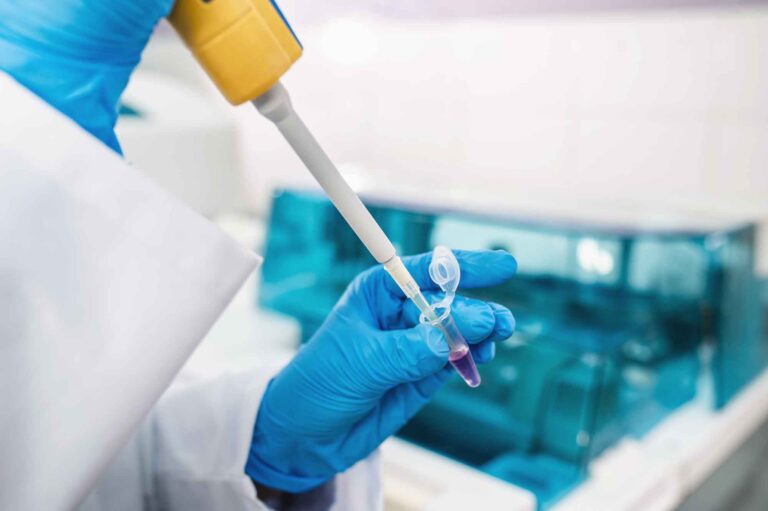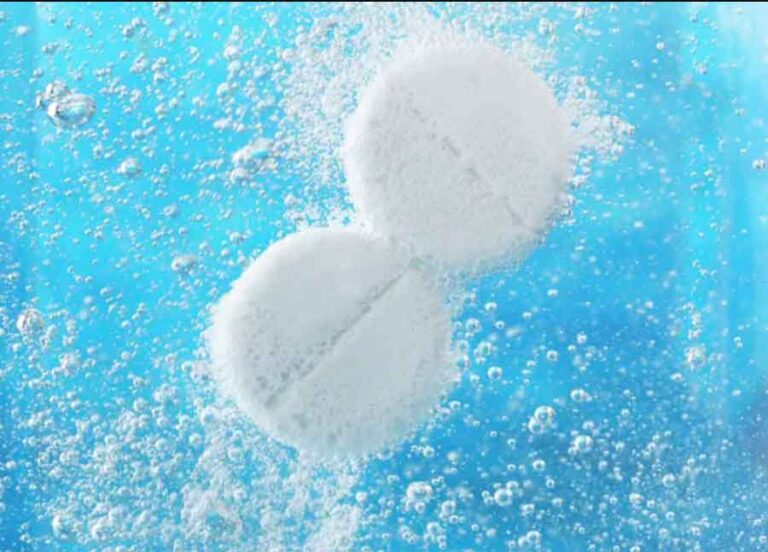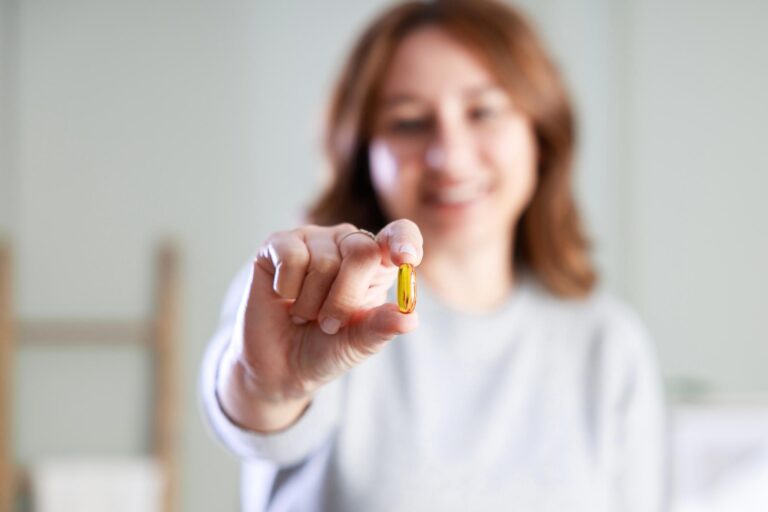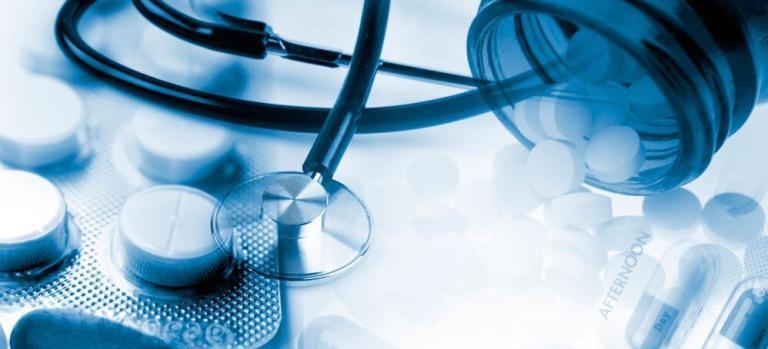Nanostructured Lipid Carriers (NLCs) are advanced drug delivery systems that have gained significant attention in the pharmaceutical industry. They are the second generation of lipid nanocarriers and offer several advantages over traditional carriers, such as improved stability, higher drug loading capacity, and controlled drug release.
- Composition: NLCs are composed of a blend of solid and liquid lipids, which form a solid matrix at room temperature. This structure allows for a higher drug loading capacity and helps prevent the initial burst release of drugs.
- Applications: NLCs have been used in various fields, including targeting brain tumors, cancer therapy, and gene therapy. They can overcome biological barriers like the blood-brain barrier, making them suitable for delivering drugs to specific sites within the body.
NLCs are particularly promising for targeting brain tumors due to their ability to encapsulate cytotoxic drugs and deliver them across the blood-brain barrier, potentially improving treatment outcomes. They are also employed in other areas such as food, cosmetics, and medicine delivery.
Nanostructured lipid carriers (NLCs) are evolved as a novel drug delivery carrier. NLC has several advantages such as biocompatibility, biodegradability, non-immunogenicity, high drug loading capacity, better stability, controlled drug release, and easy preparation technique with scale-up ability. The advantages offered by these carriers make them ideal carrier for drug delivery.
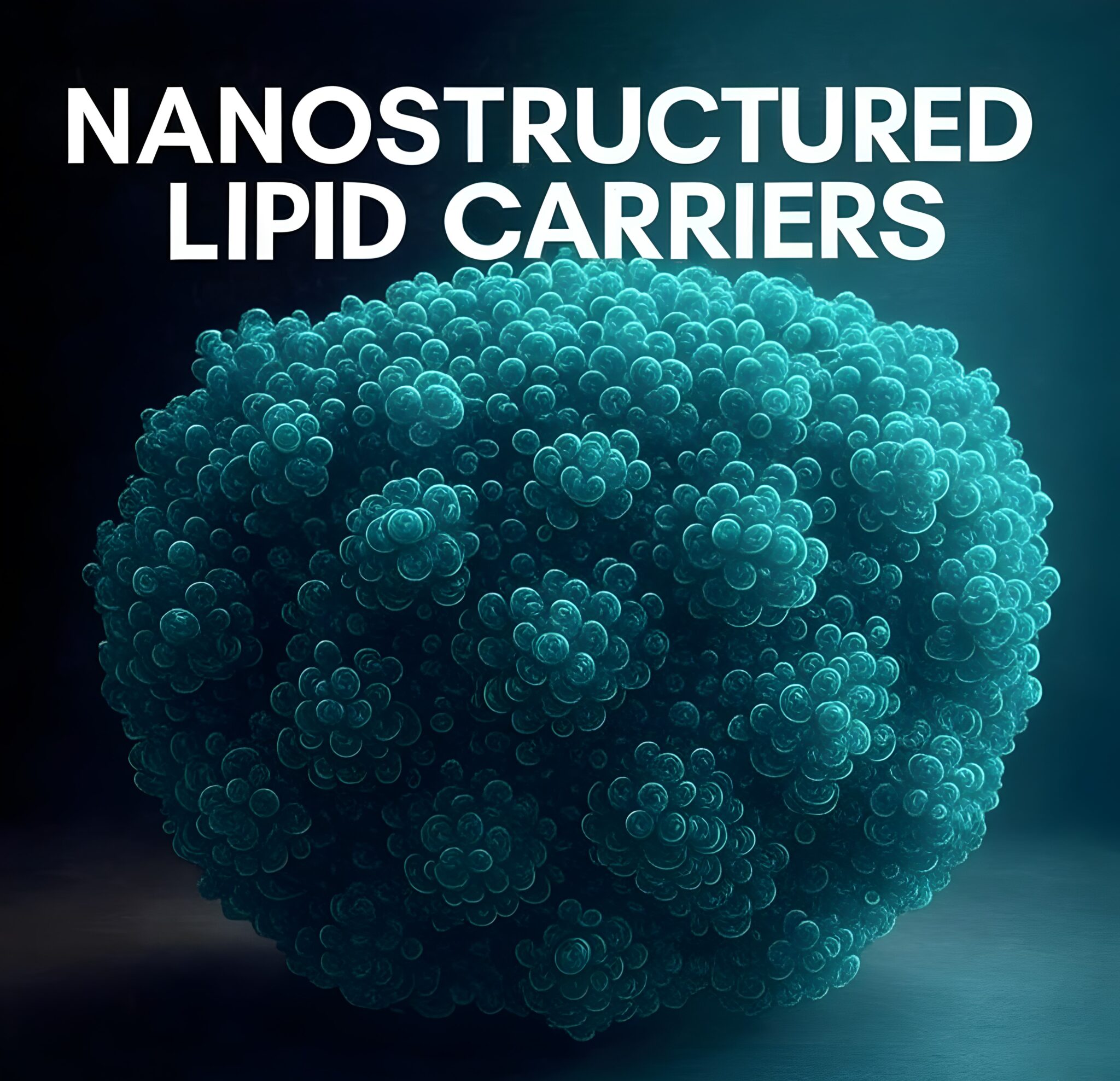
Nanostructured Lipid Carriers (NLCs) are at the forefront of a revolution in drug delivery systems. These innovative carriers are engineered to encapsulate active pharmaceutical ingredients (APIs) within a matrix that combines both solid and liquid lipids. This hybrid structure is not only protective, safeguarding the drug from degradation, but also significantly enhances its solubility and bioavailability. This is particularly advantageous for drugs that exhibit poor water solubility, a common challenge in pharmaceutical formulations.
Advantages of NLCs:
Enhanced Drug Stability: NLCs offer a robust shield for APIs, preserving their integrity against external factors that could lead to degradation. This protection is vital for maintaining the drug’s therapeutic effectiveness over time, thereby ensuring an extended shelf-life. The solid lipid component of NLCs acts as a formidable barrier, warding off oxidative stress, moisture, and other degradative influences.
Superior Bioavailability: The measure of a drug’s effectiveness is often linked to its bioavailability. NLCs are meticulously designed to enhance the absorption of APIs by the human body. Their lipid composition is tailored to mimic the lipophilic nature of cell membranes, which promotes the integration and uptake of the drug into the bloodstream. This results in an optimized therapeutic effect, especially for lipophilic drugs that would otherwise struggle to dissolve in bodily fluids.
Controlled Release Mechanism: NLCs excel in providing a controlled release of the encapsulated drug. This means that the drug is dispensed at a consistent, predetermined rate, allowing for accurate dosing regimens. Such a mechanism can improve patient adherence to medication schedules by reducing the frequency of doses and maintaining a steady therapeutic level of the drug within the body.
High Drug Load Efficiency: NLCs are fine-tuned to accommodate a substantial load of APIs, which is beneficial for minimizing the number of required dosages. This high loading capacity is attributed to the imperfect crystalline structure of the solid lipid matrix, which offers additional space to house the drug molecules. Consequently, patients benefit from the convenience of fewer doses without sacrificing the drug’s effectiveness.
Biocompatibility and Safety: The lipids utilized in the development of NLCs are generally biodegradable and compatible with human biology, indicating their safety for consumption and their ability to be metabolized by the body’s natural processes. This minimizes the likelihood of adverse reactions and side effects, positioning NLCs as a safer option compared to other drug delivery systems that may incorporate non-biodegradable substances.
Targeted Drug Delivery: NLCs can be custom-designed to direct drugs to specific tissues or organs, marking a significant advancement in personalized medicine. By concentrating the drug at the intended site of action, exposure to the rest of the body is minimized, thereby reducing the potential for unwanted side effects. This targeted approach also maximizes the therapeutic impact of the drug, as higher concentrations can be delivered directly to the area in need.
The manufacturing of lipid nanoparticles (LNPs), including nanostructured lipid carriers (NLCs), is a sophisticated process that integrates principles from nanotechnology, pharmaceutical sciences, and chemical engineering. The process is designed to produce particles that can deliver drugs effectively to the target site while ensuring stability, safety, and compliance with regulatory standards. Here’s an expanded look at the detailed manufacturing steps for NLCs:
Lipid Selection
The journey begins with the meticulous selection of lipids. These are not chosen at random but are the result of a strategic decision-making process that considers the physicochemical properties of both the lipids and the active pharmaceutical ingredient (API). Solid lipids provide structural integrity, while liquid lipids enhance the solubility of the API. The combination of solid and liquid lipids is crucial in creating a matrix that is both stable and capable of releasing the drug in a controlled manner.
API Integration
The API is the core of the therapeutic action. Its integration into the lipid matrix is a critical step that determines the efficacy of the NLCs. The API must be uniformly dispersed within the lipid matrix to ensure high drug loading and consistent quality. This uniform dispersion is achieved through techniques that may include solvent evaporation or solvent diffusion.
High-Shear Homogenization
Once the API is integrated, the lipid-API blend undergoes high-shear homogenization. This process applies intense shear forces to create a fine emulsion with the desired particle size distribution. The size of the particles is a key factor in determining the bioavailability and distribution of the drug within the body.
Ultrasonication
To achieve nano-sized particles, the emulsion is further processed through ultrasonication. This step uses ultrasonic waves to break down the particles to the nanometer scale, ensuring uniformity and stability. The size reduction to the nanoscale is essential for enhancing the cellular uptake of the NLCs.
Cooling and Solidification
The nano-emulsion is then carefully cooled, allowing the lipids to crystallize and form the structured NLCs. This step is crucial for the encapsulation process, as it solidifies the particles and prepares them for the next stages of manufacturing.
Purification
Purification is the next vital step, where the NLCs are purified to remove any unencapsulated API or surplus materials. This is typically done using techniques like ultrafiltration, centrifugation, or diafiltration. The goal is to achieve a product of unmatched purity.
Lyophilization
If required, the NLCs undergo lyophilization, a freeze-drying process that removes water from the NLCs, providing a stable, powdered form. This enhances the shelf-life and facilitates transportation, making the NLCs more accessible for various therapeutic applications.
Rigorous Quality Control and Assurance
Quality control and assurance are integral to the manufacturing process. Each batch of NLCs undergoes comprehensive testing, including particle size analysis, zeta potential measurement, and encapsulation efficiency. Stability assessment is conducted under various conditions to ensure the NLCs maintain their integrity over time. Regulatory adherence is non-negotiable, with processes designed to comply with all relevant guidelines, ensuring global standards for safety and efficacy.
Formulation Development Process
- Lipid Selection: Our selection process for lipids is rigorous, involving a comprehensive analysis of physicochemical properties to ensure they align perfectly with the drug’s profile.
- API Integration: We employ advanced techniques to integrate the API seamlessly into the lipid matrix, optimizing for maximum drug loading and uniformity.
- Nano-Emulsification: Utilizing state-of-the-art equipment, we create a nano-emulsion that is the precursor to the NLCs, ensuring particle size precision and distribution.
- Solidification: Our controlled cooling process allows the lipid matrix to solidify into NLCs, encapsulating the API effectively and ensuring its stability.
- Purification: We implement a multi-stage purification process to ensure that the final NLC product is free from impurities and excess materials.
Optimization Strategies
- Quality by Design (QbD): Our QbD approach is comprehensive, involving the identification of critical quality attributes and process parameters to ensure the NLCs meet all quality expectations.
- Design of Experiments (DoE): We utilize DoE to systematically investigate the formulation variables and their interactions, enabling us to optimize the NLCs for superior performance.
- Process Analytical Technology (PAT): PAT is integral to our process, allowing for real-time monitoring and ensuring that the NLCs remain consistent in quality throughout production.
Quality by Design Approaches
- Risk Management: We conduct thorough risk assessments at each stage of development to preemptively address potential issues, ensuring the safety and efficacy of the NLCs.
- Continuous Improvement: Our QbD framework is dynamic, allowing for ongoing refinement of the NLC formulations based on evolving data and technological advancements.
Hycon’s Scientific Excellence
- Innovative Techniques: Our scientists are at the cutting edge of NLC technology, constantly exploring new methods to enhance drug loading and control release profiles.
- Tailored Solutions: We pride ourselves on our ability to develop customized NLC solutions that cater to the unique needs of each API and therapeutic application.
- Regulatory Compliance: Our development processes are meticulously designed to adhere to the latest regulatory standards, ensuring that our NLCs are safe for clinical use.
Nanostructured Lipid Carriers (NLCs) meticulously engineered to optimize the therapeutic index of drugs by refining their bioavailability, ensuring stability, and providing controlled release mechanisms.
Benefits of NLC Delivery Systems
Anticancer Therapeutics: NLCs have shown remarkable potential in the field of oncology. They are particularly advantageous for the delivery of chemotherapeutic agents like doxorubicin and paclitaxel. The unique structure of NLCs enhances the solubility of these otherwise poorly soluble drugs, thereby increasing their effectiveness. Additionally, NLCs provide a protective environment that shields the chemotherapeutic agents from premature degradation within the biological milieu. This protection is crucial as it preserves the drug’s potency until it reaches the targeted tumor site. Moreover, NLCs facilitate targeted delivery, which is paramount in cancer therapy as it ensures that the maximum therapeutic effect is directed at the tumor, minimizing the impact on healthy tissues and reducing side effects.
Neurological Medications: The treatment of neurological disorders poses a significant challenge due to the restrictive nature of the blood-brain barrier (BBB). NLCs offer a promising solution by enabling drugs to cross this barrier more effectively. This capability is particularly beneficial for medications used in treating conditions such as Alzheimer’s and Parkinson’s diseases. By facilitating the direct delivery of drugs to the affected areas of the brain, NLCs can potentially enhance the therapeutic outcomes for patients suffering from these debilitating conditions.
Dermatological Preparations: In dermatology, NLCs are employed to deliver active ingredients more efficiently. Their composition allows for deeper skin penetration, which is essential for treating conditions like psoriasis and eczema. Furthermore, NLCs ensure a sustained release of the active ingredients, providing prolonged therapeutic action and improving the overall efficacy of dermatological treatments.
NLCs for Dosage Forms Offered:
Oral Administration: For oral therapeutics, NLCs significantly enhance the bioavailability of drugs that are poorly soluble in water. This enhancement is achieved by improving the solubility and absorption of the drug in the gastrointestinal tract, which leads to better therapeutic outcomes.
Topical Application: The unique composition of NLCs, which includes a blend of solid and liquid lipids, allows for improved penetration through the skin. This characteristic makes them ideal for topical treatments, ensuring that the drug is delivered effectively to the site of action.
Hycon CDMO’s Expertise in NLC Development:
Customized Formulations: At Hycon CDMO, we specialize in creating customized NLC formulations that cater to the specific needs of each drug. Our expertise lies in enhancing the drug’s therapeutic profile by addressing its unique challenges and requirements.
Advanced Manufacturing Techniques: We employ state-of-the-art manufacturing technologies to produce NLCs that are consistent in quality and performance. These advanced techniques ensure that the NLCs we develop are of the highest standard, meeting the rigorous demands of the pharmaceutical industry.
Quality by Design (QbD): Our approach to NLC formulation development is grounded in the principles of Quality by Design. This systematic approach ensures that every NLC formulation meets all predefined quality criteria and regulatory requirements. By integrating QbD into our development process, we can predict potential challenges and address them proactively, resulting in a robust and reliable product.
Patient-Centric Solutions: Our focus is on developing NLC formulations that not only improve the therapeutic outcomes but also enhance patient adherence to treatment regimens. By considering the patient’s experience and convenience, we aim to create solutions that support better health outcomes and quality of life.
Here’s a deeper look into our process:
- Initial Client Engagement: We initiate our process with an in-depth discussion to understand the client’s specific needs, therapeutic goals, and the challenges they face with their drug compounds.
- Drug-Lipid Compatibility Studies: Our team conducts extensive studies to ensure that the selected lipids enhance the drug’s stability and efficacy, considering factors like lipid polarity, drug solubility, and the desired release mechanism.
- Lipid Matrix Customization: We develop a custom lipid matrix that balances solid and liquid lipids to achieve the desired encapsulation efficiency, stability, and release profile for the drug.
- Formulation Parameter Optimization: We meticulously optimize critical formulation parameters such as particle size, drug loading, and encapsulation efficiency, employing advanced analytical techniques to ensure precision and quality.
- Quality by Design (QbD) Framework: Our QbD framework is integral to the formulation process, ensuring robustness and consistency through systematic design and optimization.
- Prototype Development and Iterative Testing: We create prototype NLC formulations and subject them to rigorous testing, ensuring they meet the predefined quality attributes and performance criteria.
- Feedback Integration and Refinement: We engage in an iterative process of refinement, incorporating client feedback to fine-tune the formulation to their exact specifications.
- Scalability and Process Optimization: We ensure that the NLC formulation can be produced at the required scale without compromising quality, optimizing the manufacturing process for scalability and efficiency.
- Regulatory Strategy and Documentation: We prepare comprehensive regulatory documentation and develop a strategy to support regulatory submissions and approvals.
- Final Product Validation: The final NLC formulation undergoes extensive validation to confirm its stability, efficacy, and safety profile, ensuring it meets all regulatory and client requirements.
Related Services
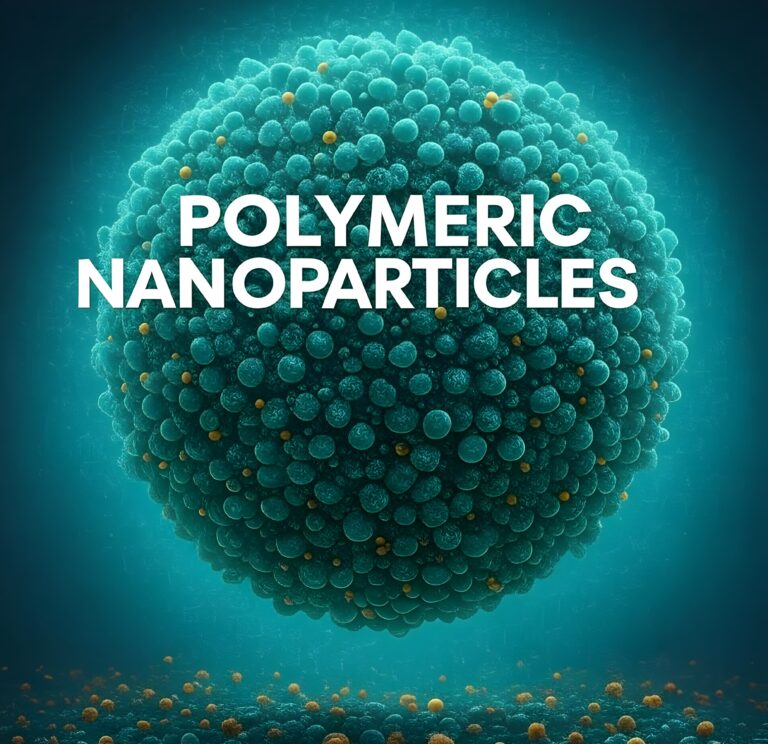

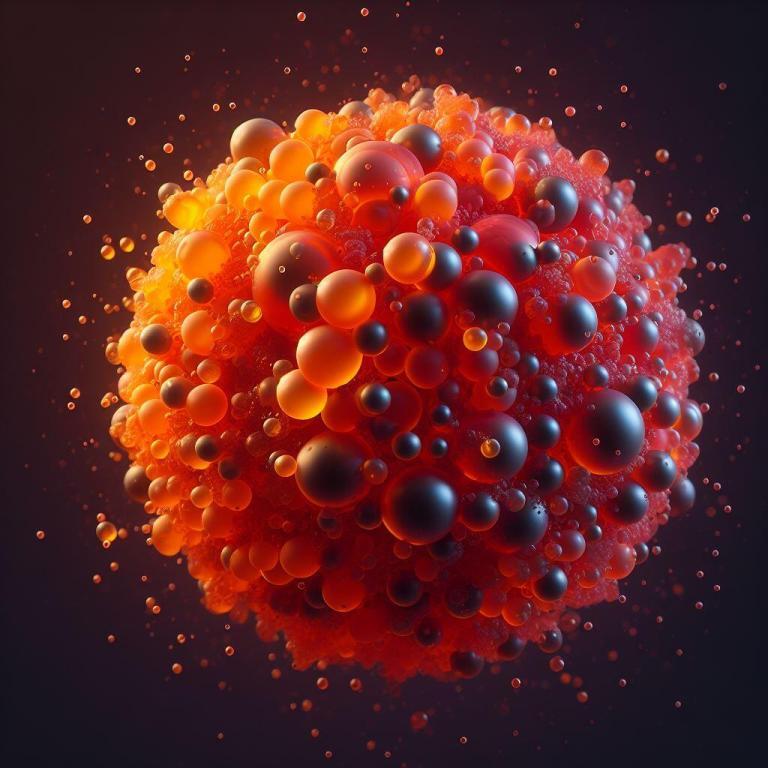

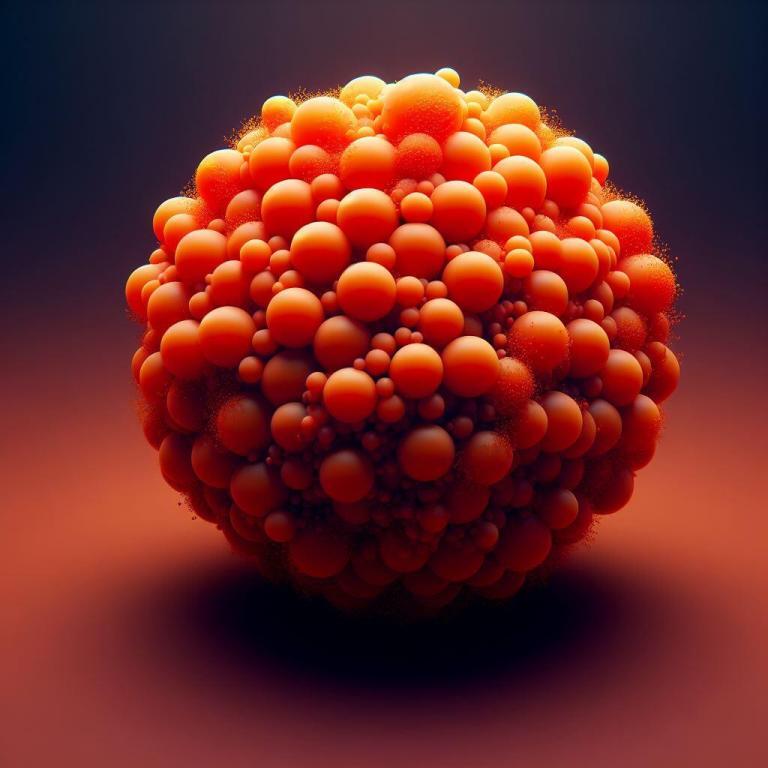

FAQs
Here are some frequently asked questions about Nanostructured Lipid Carriers
NLCs are advanced drug delivery systems that combine the advantages of solid lipid nanoparticles and liposomes to encapsulate and deliver active pharmaceutical ingredients (APIs). They offer improved stability, higher drug loading, and controlled release properties.
NLCs enhance drug delivery by providing a protective matrix for APIs, improving bioavailability, and allowing for targeted delivery. Their unique structure helps in bypassing biological barriers and releasing the drug at the desired site of action.
NLCs are versatile and can encapsulate a wide range of drugs, including hydrophobic, hydrophilic, and amphiphilic substances. They are suitable for various therapeutic categories such as anticancer drugs, anti-inflammatories, and vaccines.
Common methods include high-pressure homogenization, ultrasonication, and microemulsion techniques. Each method has its own advantages and is chosen based on the physicochemical properties of the drug and the desired characteristics of the NLCs.
Yes, NLCs can be engineered for oral administration. They protect drugs from the harsh gastrointestinal environment and enhance absorption through the intestinal mucosa.
NLCs are made from biocompatible and biodegradable materials, making them generally safe for pharmaceutical use. However, their safety profile must be thoroughly evaluated through preclinical and clinical studies.
NLCs offer several advantages over traditional lipid-based systems like liposomes and emulsions, such as higher drug loading capacity, better physical stability, and the ability to form a solid matrix at body temperature.
NLCs must comply with regulatory guidelines for nanomedicines, which include thorough characterization, safety, and efficacy testing. Regulatory pathways may vary depending on the region and the type of drug product.
Stability can be enhanced by optimizing the formulation components, using antioxidants, and employing appropriate storage conditions. Quality by Design (QbD) approaches can also be applied to ensure robust formulations.
The future of NLCs is promising, with ongoing research exploring their use in targeted therapy, gene delivery, and personalized medicine. Advances in nanotechnology will continue to expand their applications in healthcare.


